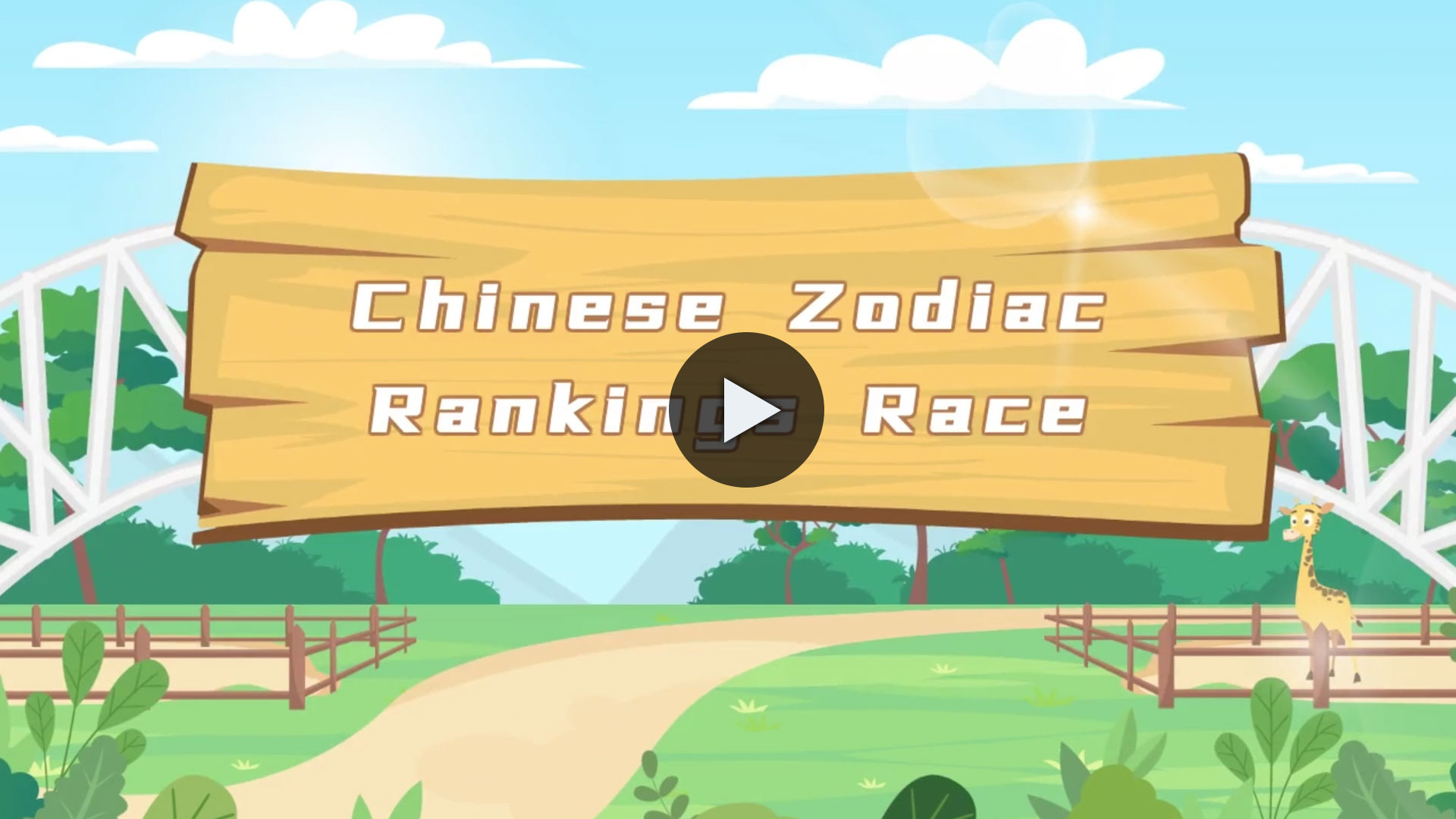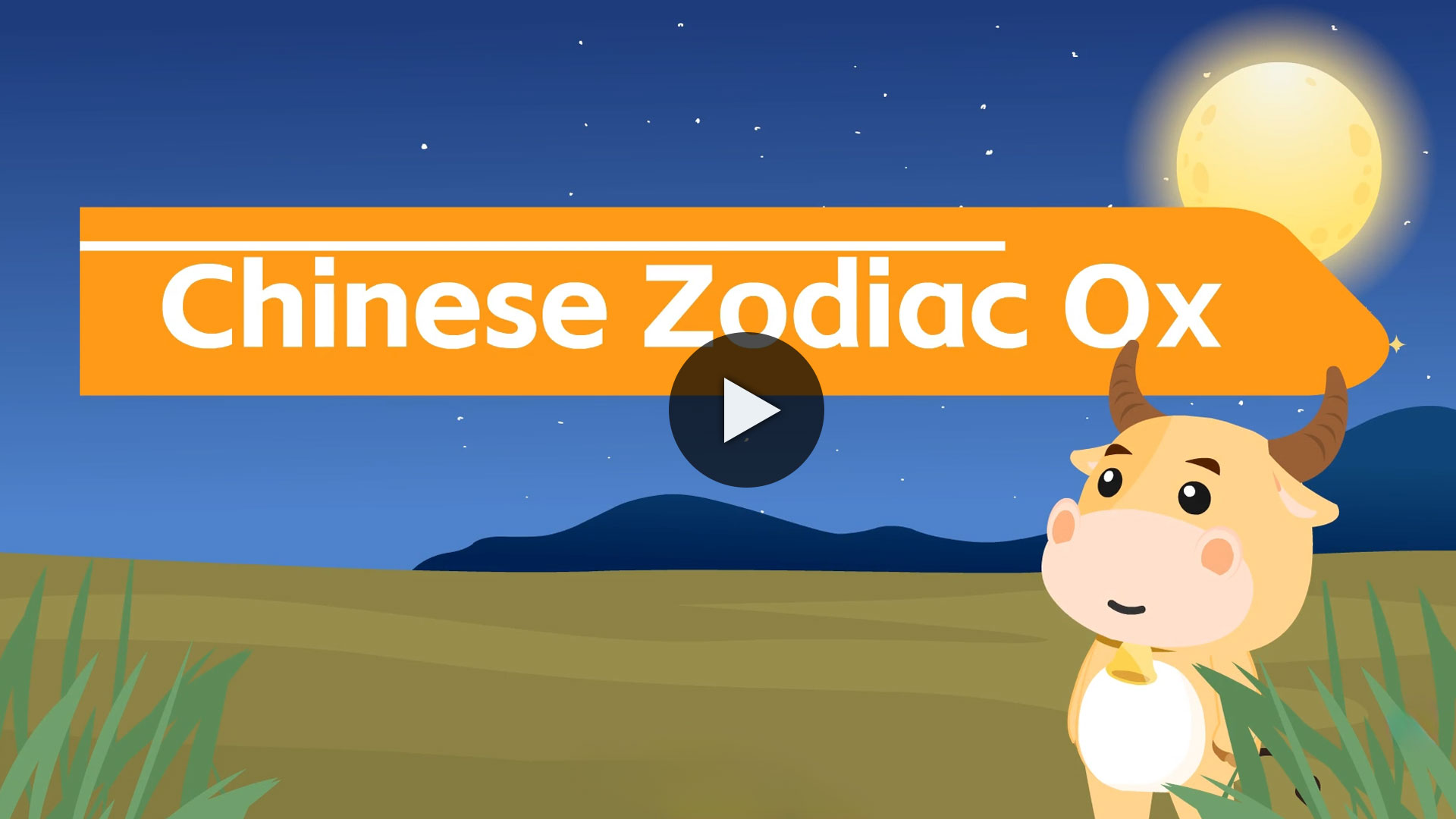The date and time of one’s birth are the keys. This is the same in both western and Chinese horoscope. The difference lies in the ways of marking the time of birth. The Chinese lunar canlendar is based on the combinition of 10 Heavenly Stems (Tian Gan) and 12 Earthly Branches (Di Zhi), two basic groups of terms of ancient Chinese astronomy and astrology, which work together in a fixed order to mark years, months, days, and hours. Hereunder are some interesting technical terms.
1. 12 Earthly Branches:12 terms in one-to-one correspondence with 12 zodiac animals - Zi (Rat), Chou (Ox), Yin (Tiger), Mao (Rabbit), Chen (Dragon), Si (Snake), Wu (Horse), Wei (Sheep), Shen (Monkey), You (Rooster), Xu (Dog) and Hai (Pig).
2. 10 Heavenly Stems:Jia, Yi, Bing, Ding, Wu, Ji, Geng, Xin, Ren, Gui.
The 10 Heavenly Stems match the 12 Earthly Branches in a 60-pair cycle to mark years, months, and days, eg. July 1st 2020 in Gregorian calendar is the Yi Si Day of Ren Wu Month in Gen Zi Year of the Rat. See more about
Heavenly Stems & Earthly Branches.
3. Yin Yang:Yin means feminine and negative, while Yang means masculine and positive. They are profound terms in ancient Chinese philosophy. Their simple connection with zodiac animals are: Yang applies to Rat, Tiger, Dragon, Horse, Monkey, and Dog, while Yin goes to Ox, Rabbit, Snake, Sheep, Rooster, and Pig.
4. Five Elements:Ancient Chinese believed that all things in the world, including the zodiac animals, belonged to five categories – Metal (Monkey, Rooster), Wood (Tiger, Rabbit), Water (Rat, Pig), Fire (Snake, Horse), and Earth (Ox, Dragon, Sheep, Dog).
5. 12 Shi Chen:12 two-hour periods form a day, with each called a Shi Chen and marked by one of the 12 Earthly Branches and its corresponding zodiac animal, eg. 23:00 – 00:59 is called Zi Hour and represented by the Rat.
The 12 animals connect to people’s birth dates and time, with interactions from the above five perspectives, affecting people’s personalities, compatibilities, and fortune in the future.
Chinese zodiac is actually an imaginary belief, basing on the zodiac animals' temperament, and combining the traditional Chinese religions, philosophy, astrology, and numerology. In ancient times, the zodiac was said not only to decide people’s destinies, but also to control a year’s harvest and even influence the fortune of the whole nation. Nowadays, the zodiac signs still accompany Chinese people throughout their lives, affecting their personalities, ideas, behaviors, fortune, and marriage compatibilities.
When coming up with the years of the same zodiac signs of one’s birth year, called
Ben Ming Nian in Chinese, one would be unlucky and should pay great attention to restrain his or her own behaviors to tide over the difficulty every 12 years. In Taoism, each year has a certain god called
Taisui in charge of the world. People meeting their Ben Ming Nian would go to temples to worship the year’s Taisu god to pray for good luck and avoid disasters. There is also a tradition of wearing in red to exorcise evil spirits.
The zodiac culture is also embodied in Chinese literature and art. You might have been impressed by the Journey to the West, a classical Chinese novel with the leading role of Monkey King; or you might have heard the story of the 12 bronze animal heads of the Old Summer Palace in Beijing. There are a lot of legends, poems, fictions, paintings, sculptures, and traditional Chinese paper-cuttings themed on zodiac animals. Nowadays, the zodiac is considered the mascot of the Chinese New Year, adding entertainments to people’s daily life.
































